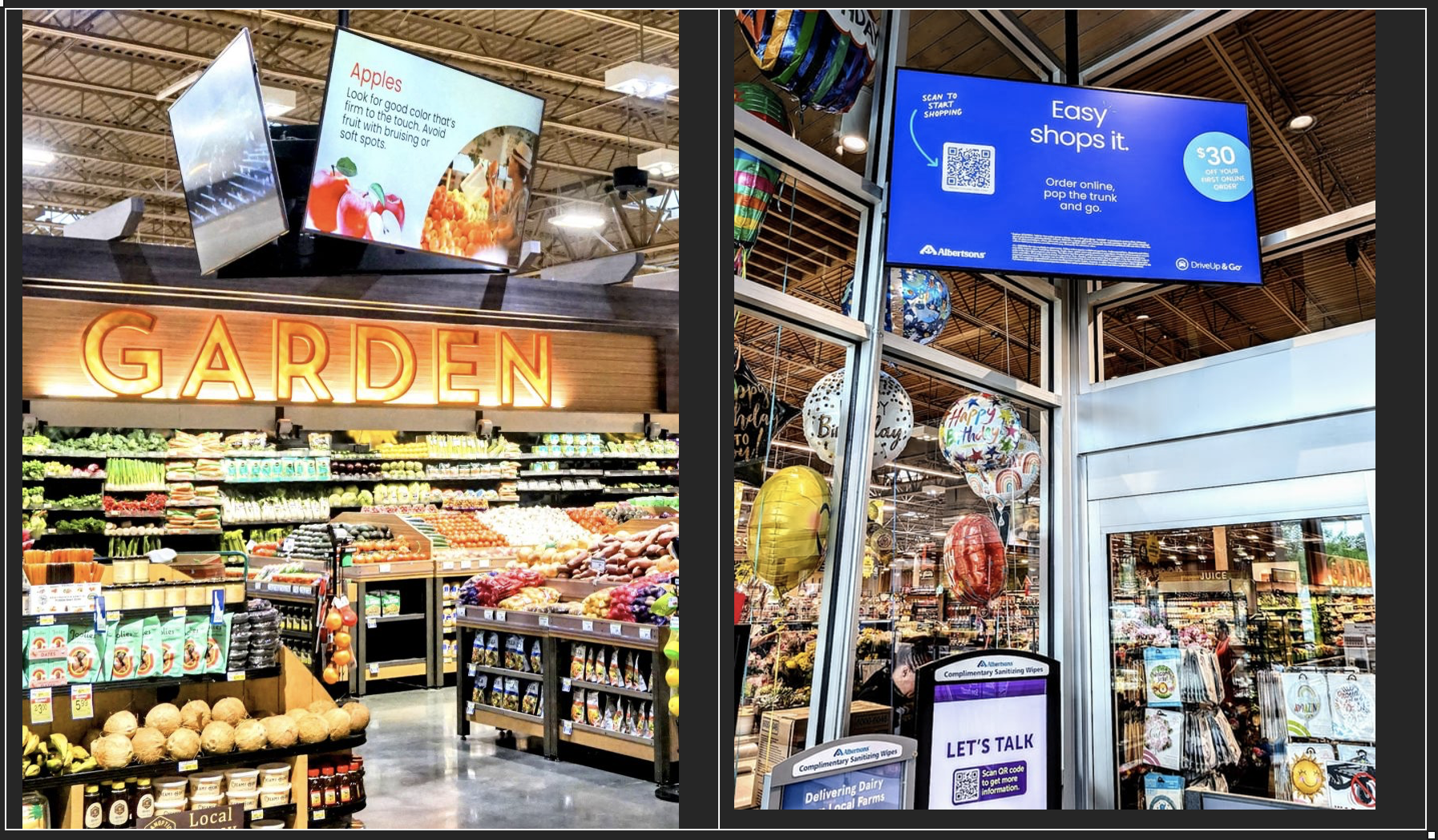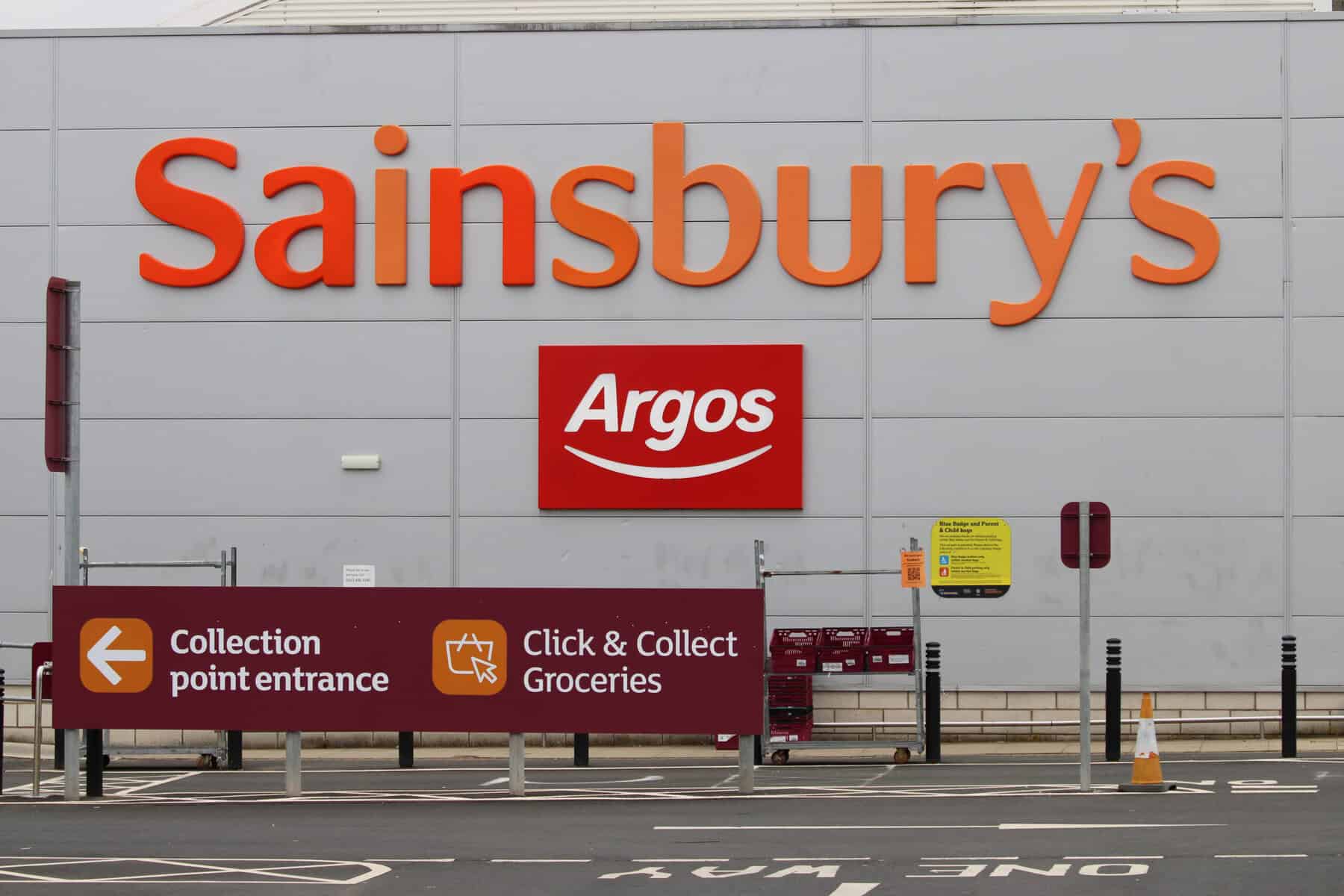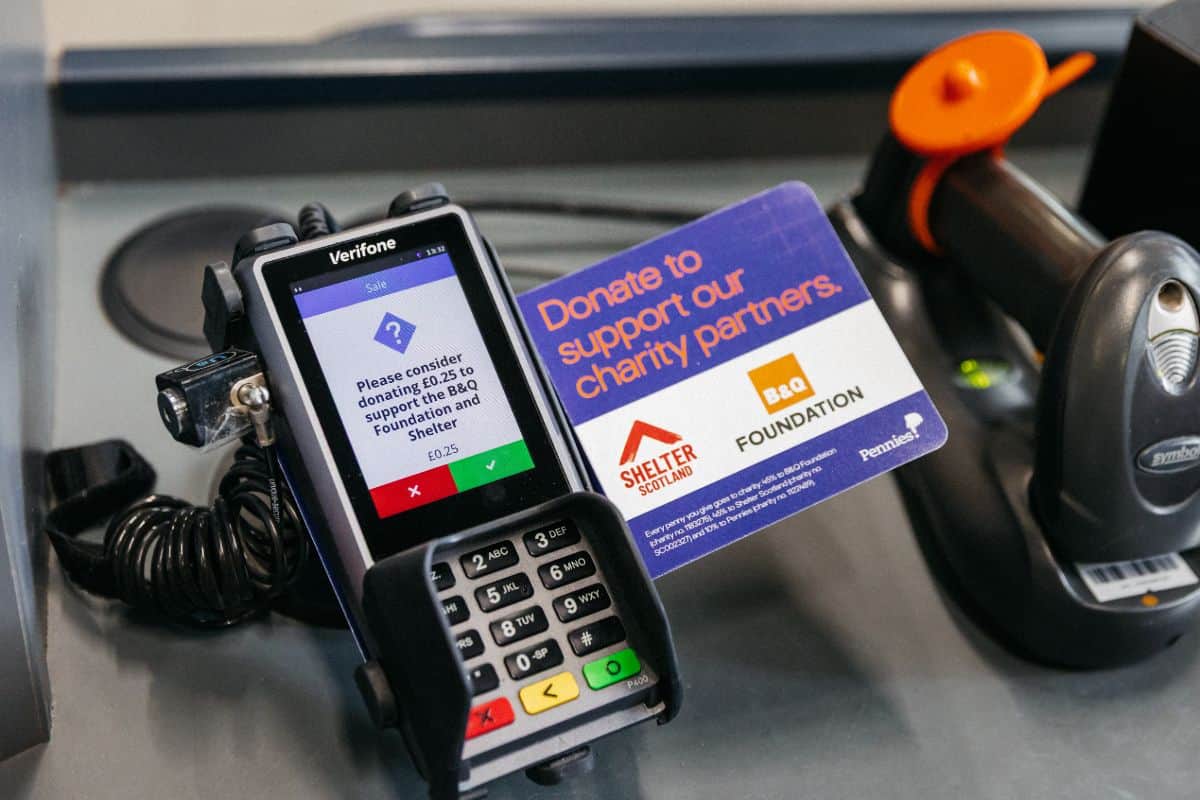One of the key things mobile brings to the ever more omni-channel world is that it works wonders at enhancing retailer-customer relationships – but only if you get it right. Mark Syal,Head of Media EMEA for Essence explains how to do it and why you have to be ever watchful for consumers changing their habits
It’s always been hard for advertisers to make sense of their media investments and see how they impact on sales performance. A rigorous approach is always needed by retailers if they want to stand a chance of understanding the value and effect of the various marketing levers that they have at their disposal. For large advertisers, investment in marketing mix modelling techniques has become a necessity. And constant testing and assessment is needed.
But as soon as marketers have more clarity on what works and what doesn’t, the goalposts change: consumers start to exhibit new behaviours in new channels. New models have to be created to help retailers understand what is going on. This has always been the case and is exemplified by how comfortable consumers, but not marketers, have become in adopting mobile as part of their purchase journey. Mobile channels are fast becoming an equal mainstream way of interacting with brands. So why is this causing difficulties for retailers?
There has been a perceivable shift in the past 12 months towards integrating ecommerce as part of standard brick-and-mortar retail experience. Retailers have increasingly had to become digital businesses. Now they are having to become mobile digital businesses. In the first quarter of 2013 more than 20 per cent of total UK retail sales were generated through either smartphones or tablets. The state of Britain’s fragile high streets clearly shows that brick-and-mortar alone no longer works for customers spoilt by one-click purchases, real-time peer reviews, and on-the-go price comparisons.
Online and mobile stores are more than just extensions of their offline counterparts. They are opportunities for marketers to learn more about when and where customers browse their site on desktops, mobiles and tablets, and use that information to get relevant content to them at the right time. They allow the consumer to be constantly in touch with the brand – never more than seconds away in the pocket or bag. The mobile experience is increasingly a transaction channel, but it’s also becoming the glue that joins up the various brand experiences – the digital ad, the TV ad, the press ad, and the in-store visit. The modern retailer must be genuinely multi-channel, and not care where the interactions or sales occur, as long as they occur.
With an increasing number of customers now reaching for their mobile devices to shop, it’s become a high priority for retailers to optimise the store site across all platforms. IAB’s latest report states that 74 per cent of the top 50 retailers in the UK now have a mobile-optimised site. The report, however, also found that only 10 per cent of those sites offer a ‘single user’ approach that link customer user accounts across devices (IAB June 2013). While device-specific optimisation certainly improves how customers access the retailer online, the disjointedness between the channels risks alienating customers who have become expectant of a seamless experience. In fact, despite the often gloomy discussions about big data, customers are accepting of having their information collected – as long as they get better and more meaningful experiences in return.
But retail marketing success is dependent on how well we understand the purchase journey and the purchase phases within it – from discovery and promotion, right down to payment methods and post-transaction engagement. Without a holistic view on customer behaviour at different crossroads en route to their purchasing destination, marketers can only evaluate fragments of the whole.
Advanced attribution models could help to measure the success of all marketing activities comparatively. As that’s the stuff that marketers’ dreams are made of (for now at least), third party data, statistical analysis, and the experienced knowledge of media planners are a good starting point. Beyond that, however, it’ll soon become imperative to provide opportunities to join up customer IDs and device-specific data sets across channels through unified customer accounts, payment methods, loyalty schemes, etc. And mobile tracking may potentially be the solution to do exactly that.
Can mobile close the gap?
Mobile subscribers are already reaching for their smartphones for shopping assistance, directions to the closest store, additional product information, or to check prices. Although some scepticism remains, customers are also increasingly comfortable with using their smartphones as a mobile payment device to make purchases: 31 per cent of UK smartphone users are already using mobile payments, while 32 per cent are interested in doing so in the future, according to eMarketer’s June 2013 report.
As mobile device technology becomes more sophisticated and data plans more affordable, the possibility for personalised marketing and enhanced brand experiences increases. Tactics can be devised with measurement in mind. The potential is great and some brands have already started taking advantage of their geolocatable, always-on customer base. Meat Pack, for instance, targets customers with discounts for big brand trainers through an app that uses the GPS coordinates of competitor stores. Once located, the app sends push notifications to users with a discount code, coaxing them away from the competitor towards the closest Meat Pack store. Cheeky, but effective.
Smartphone’s GPS capability is, of course, a great way to make marketing experiences extremely relevant to the customer. Knowing where the mobile subscriber is at point of, for instance, store location search can be cross-referenced with other situational and contextual data to tailor messaging that’s meaningful to the individual. Not only could the system display walking directions to the closest store, but identify that the store would be closed by the time he or she would get there. The system could respond accordingly and either direct them to a different store or the online shop to reserve the desired item for pickup or delivery the next day. Geotargeting also works inside the stores from one aisle to another and could provide in-store mobile aids that can give shoppers enhanced product information or reviews, making them feel more comfortable about potential purchases.
There are a number of clever apps and software solutions to target customers in and outside the retail stores, but the challenge is in providing the customer with a consistent, joined-up purchasing journey across all channels: from discovery through digital ad display, and product research on the website, to shopping aids in-store.
At the time of writing, there exists no advanced attribution model that can track the consumer between devices and provide accurate feedback as to how the various marketing levers and channels work together to drive sales and retain customers. But the trends are clear – mobile is already playing a large part in the path to purchase, and that role is only going to increase. Retailers need to bite the bullet and catch up with their consumers. Only by actually doing it will retailers become comfortable with the many roles of mobile, and start to appreciate the power of this fantastic new marketing lever.








